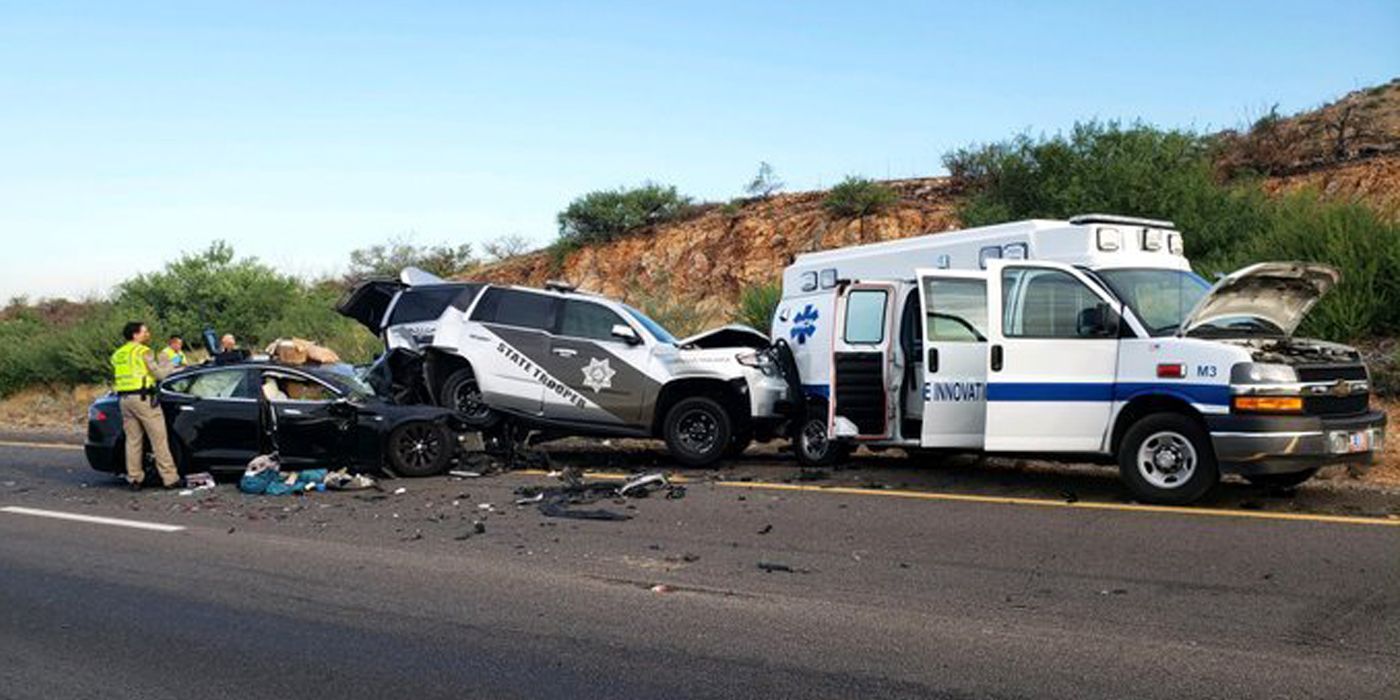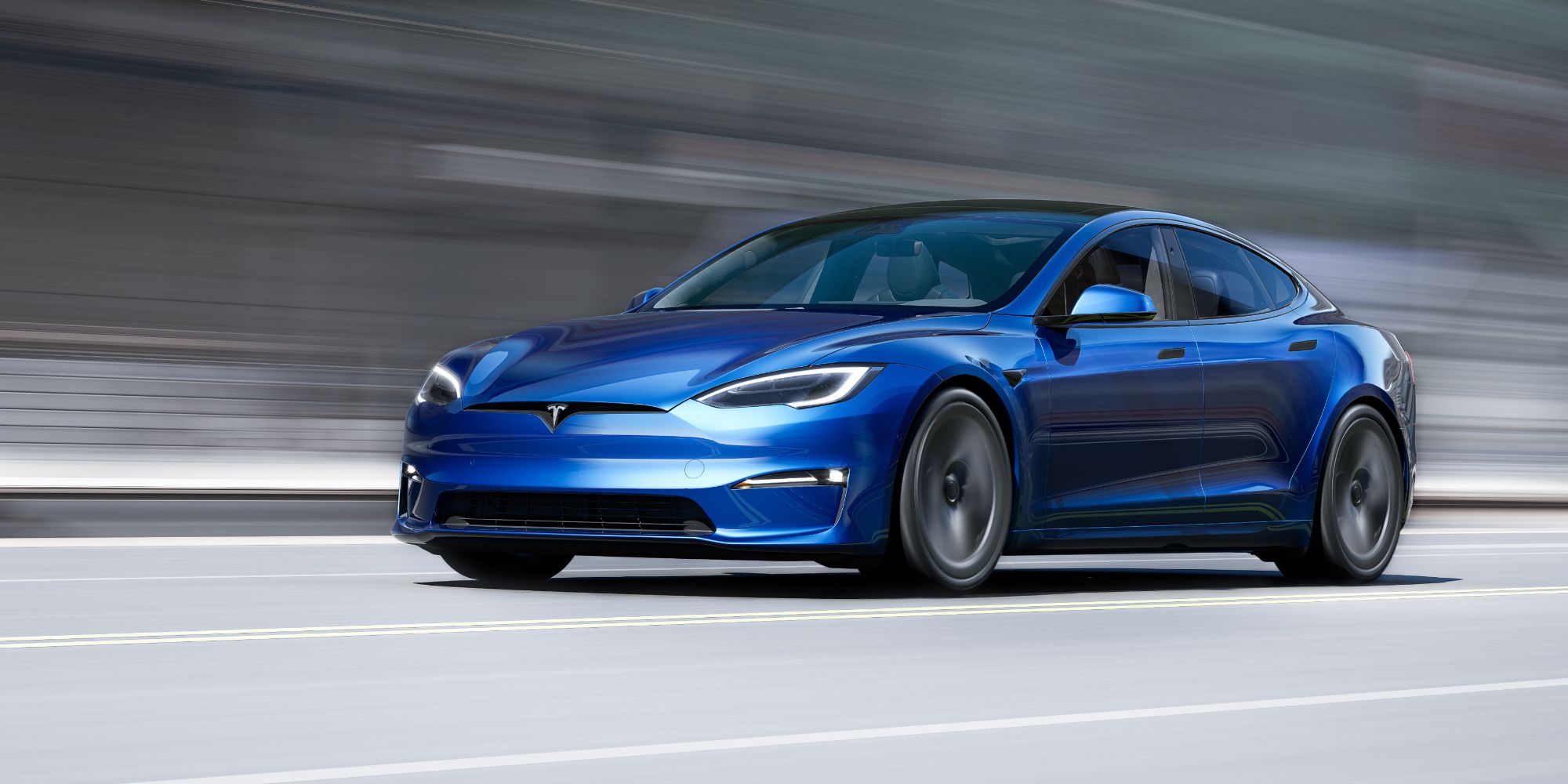A Tesla using the company's semi-automated driving mechanism 'autopilot' crashed into a police car, and it's not the first time it's happened. Autopilot is different from fully self-driving, which Tesla also sells for a premium fee. The main difference is that while using autopilot a Tesla vehicle uses stop-and-go cruise control allowing the car to follow other cars on the road, stop in traffic and automatically resume its journey. Fully self-driving vehicles on the other hand can fully navigate themselves to a destination should a location be entered on its GPS. However, this is currently only available for freeways, with lane changes having to be confirmed by the driver by hitting their indicator. Other features include self-parking and traffic light recognition.
This is far from the first time Tesla's autopilot has been under hot water. In June of this year, the National Highway Traffic Safety Administration launched several investigations into crashes involving autopilot. The investigation by the NHTSA follows seventeen Tesla crashes where autopilot was involved. Following the announcement of the investigation Tesla's share went down by 4.32%. The Tesla autopilot manual states that a car using autopilot may not detect a stationary vehicle if the Tesla itself is going over 50mph.
The latest crash occurred early on Saturday morning on an interstate near Orlando. The driver of the police car was narrowly missed by the Tesla as the officer had pulled over to assist a disabled vehicle. The Tesla Model 3 hit another car along with the police cruiser. Reports suggest that the police car had its lights on after it was hit. The 27-year-old driver of the Tesla and the driver of the disabled vehicle saw minor injuries while the police officer remained unharmed. This is not the first time a Tesla on autopilot has struck a police vehicle. In 2020, a police car in Arizona was crashed into by a Tesla on autopilot subsequently hitting an ambulance. The driver was later investigated for drunk driving. The crash destroyed the Police SUV and did considerable damage to the ambulance. The Tesla was totally destroyed in the crash however the driver fortunately survived. Other non-fatal autopilot incidents include when in 2014 a Model S going over 50mph and using autopilot collided with a fire truck in California.
AutoPilot Can Prove Harmful
There are also incidents of autopilot being involved in fatal crashes. So far there are nine reported fatalities using Tesla's autopilot system with the latest occurring in Fontana, California, during May of this year. The incident occurred when a driver of a Model 3 crashed into an overturned tractor on a freeway. The driver was killed and someone helping the tractor was injured. Another incident during April of this year was caused when a Model S failed to detect a corner in the woodlands, subsequently crashing and then catching fire. Two people were killed in that crash. The following investigation showed that no one was in the driver's seat at the time of the fatal crash.
Autopilot, an admittedly great feature that acts like a smarter version of cruise control, is not a promise that the car can drive itself. Drivers must remain alert at all times to take over control of the vehicle as stated by Tesla. As recent history suggests, the autopilot struggles to detect stationary vehicles and objects that could be on the road, and if the human driver isn't ready to take the wheel they are putting themselves, other drivers, and pedestrians at risk. It's a useful tool to enjoy highway driving, but it is not to be used as an excuse not to pay attention.
Source: CNBC


